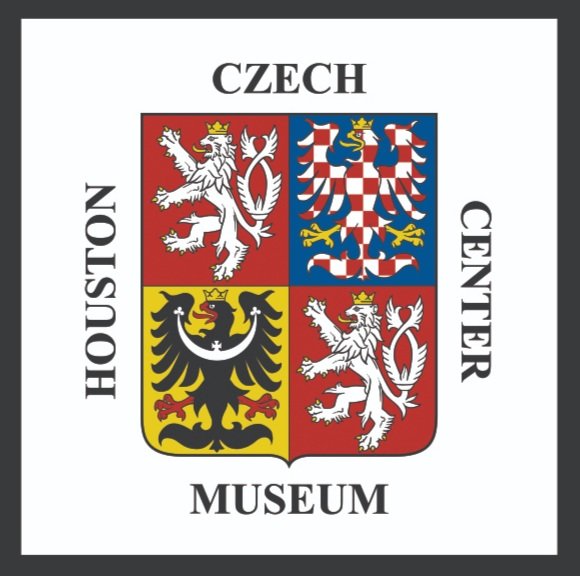From legends to wine festivals, Czech wine has a rich history. Various rulers implemented regulations for viticulture, and it eventually grew to a large scale operation in the Czech Republic. Although many vineyards were left abandoned after the revolution, through the 19th and 20th centuries, Czech viticulture bounced back to the point of becoming a worldwide phenomenon.
°´Ç±ôáč±đ, °±ô´Ç˛úá˛ő˛ÔĂ°ě˛â, and Czech Cuisine
If you’re from Texas, you’re guaranteed to have tried kolache - a savory sausage wrapped in a roll of sweet dough. However, that name is misleading. A kolač (pronounced kolach) is actually a sweet pastry made of puffy dough with a fruit filling. Originally brought to the United States by Moravian immigrants, it’s now a widespread dessert and snack. The savory snack mistakenly referred to as kolache, is actually called klobasniky, and it has an interesting Texan origin.
Koleda - Slavic Winter Solstice Festival
Koleda, or Koliada, is an ancient pre-Christian Slavic festival, marking the winter solstice. Ancient Slavs believed that during the dark and cold winter, the border between the spiritual and the mortal worlds is the thinnest. The purpose of Koleda was to bring new light to this dark period and prepare for the next year by blessing local households and keeping malevolent spirits away. For this reason, candles and bonfires were lit in preparation for Koleda to help the winter turn to spring and symbolize the return of the Sun. This gave the ancient Slavs hope and lifted their spirits during the depressing winter.









